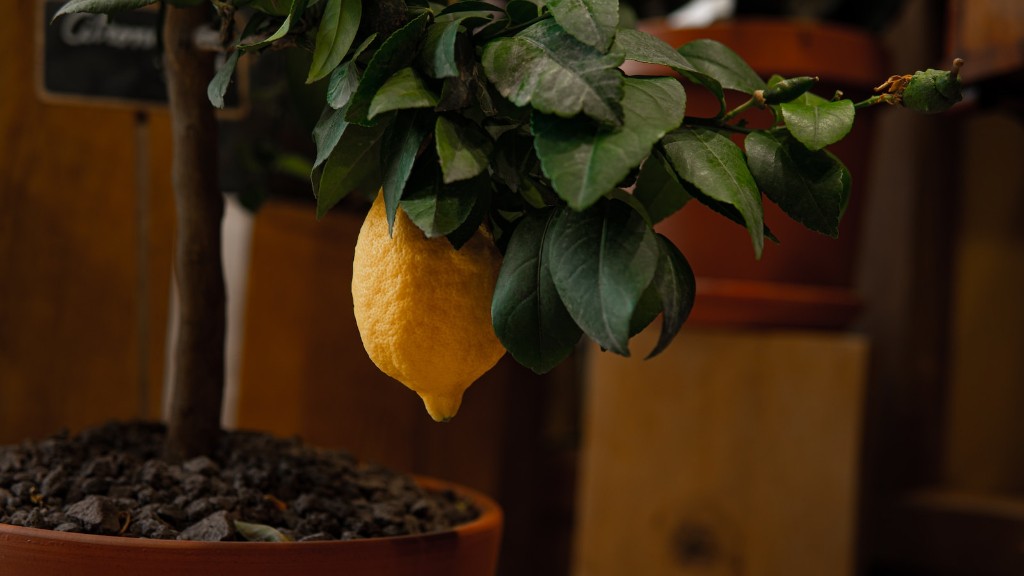Making the Base
Origami palm trees can be made with different materials such as paper, fabric, or even plastic. Regardless of what you use, the basic form is a fan fold, or simply folding the paper into an accordion. Start by folding a square piece of paper in half. To do this, bring the corners opposite each other together, making sure they match up. Unfold the paper, it should now have a crease in the middle. Then, take the top and bottom corner of the paper and bring them together overlapping at the crease line in the middle. Now fold the paper in half again along the crease line. Finally, you should have a fan fold.
Forming the Fronds
Now that you’ve created the basic fan fold, it’s time to make the fronds of the palm tree. At one short end of the fan fold, fold the bottom upwards, creating a triangle shape. Then on the opposite side, fold the bottom up again at a slightly different angle. Then, fold the next outside layer at the same angle, and continue doing that until you reach the end.
Adding the Stems
Once all the fronds have been made, you can move onto forming the stems of the palm tree. To do this, hold the fronds together near the center and make a fold near the pointed end, then unfold. Make sure to keep your fronds together. After this, you will want to add a stem for each frond underneath by making a small fold at the base of each one of them. Then you can use the center of your paper to simply tuck all the stems and fronds into the fan fold.
Adding Details
To make your palm tree look more realistic, some details can be added. To do this, you can add a small circle near the pointed end of each frond. This creates a shape of a flower and makes your origami palm tree look more realistic.
Making the Pot
Creating a pot or basket for your origami palm tree will make it look great. Start by cutting off the excess paper along the sides of the fan fold. Next, you will want to bring the remaining sides of the fan fold together, and fold them up to create a square shape. Then, you will want to draw a curved line downwards from the square. This creates the curved lip of the pot. Fold in the sides to make the edges of the pot look crisp.
Making the Leaves
Now it’s time to make some leaves for the palm tree. Start by taking a small square piece of paper and folding it in half – repeat this along each side so that it becomes a triangle. Now, fold the edges of the triangle into the middle and fold the top downwards so that it points out. Repeat this process until you have enough leaves for your palm tree.
Finishing Touches
Your origami palm tree is almost complete. You can now add some finishing touches, such as some small details on the stems of the fronds and the leaves. You can also attach a few of the leaves to the ends of the fronds to give it a more realistic look. Once you have added all the details, your origami palm tree is complete!
Different Sizes
When making an origami palm tree, the size is an important factor to consider. To make a bigger origami palm tree, you can use larger pieces of paper or fabric for the fan fold. If you want a smaller palm tree, opt for a smaller piece of paper or fabric. Keep in mind that the bigger the piece of paper, the bigger your origami palm tree will be in the end.
Adding Color
Adding color to your origami palm tree is a great way to make it stand out and make it look unique. You can use paint, markers, or colored paper to add some vibrancy. When choosing the colors, it is best to stick to traditional colors such as green and yellow or brown. You can also use different shades of green or brown to add some depth to your palm tree.
Display Ideas
Once you’ve made your origami palm tree, you can finally put it on display. This can be done in a variety of creative ways. You can place it in a shallow bowl or vase and surround it with small pebbles and stones to give it a realistic look. You can also hang it on the wall with a yarn or ribbon for a more decorative look.
Storage Options
If you want to keep your origami palm tree stored away, there are options available. You can place it in a box or bag to keep the dust away. However, if the paper is still fragile, make sure to wrap it in tissue paper or bubble wrap before storing it. This will prevent the paper from getting damaged.

